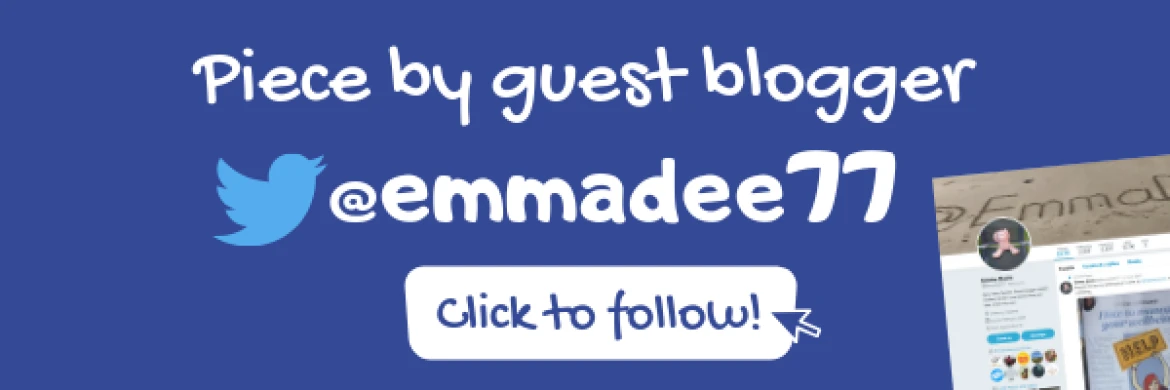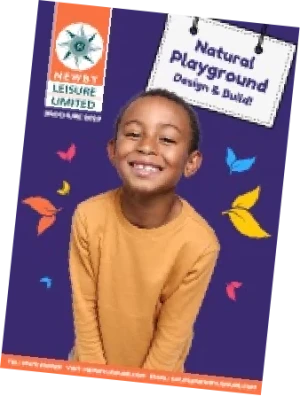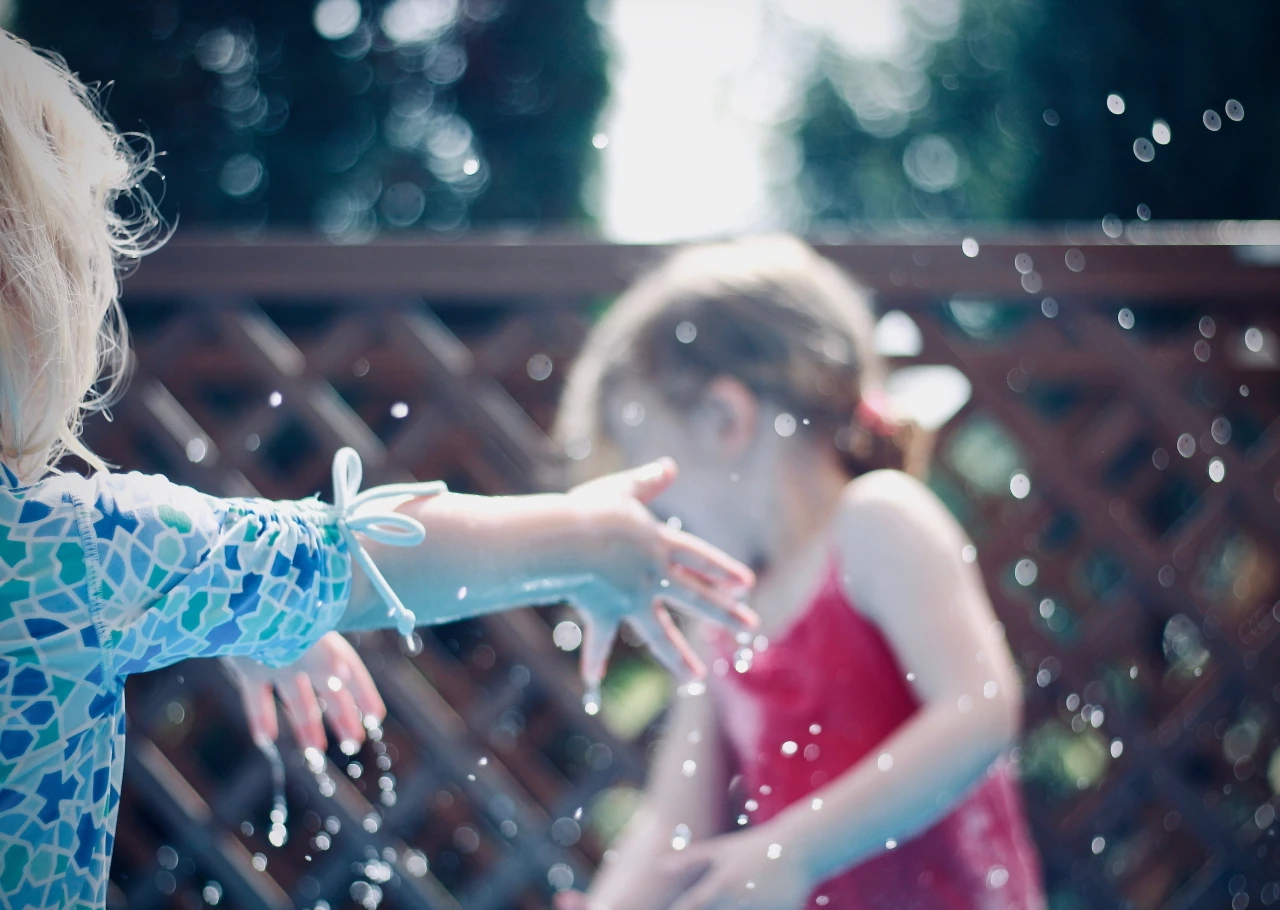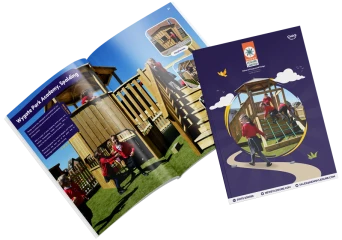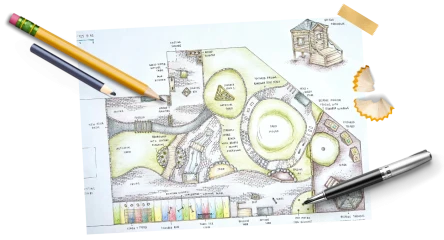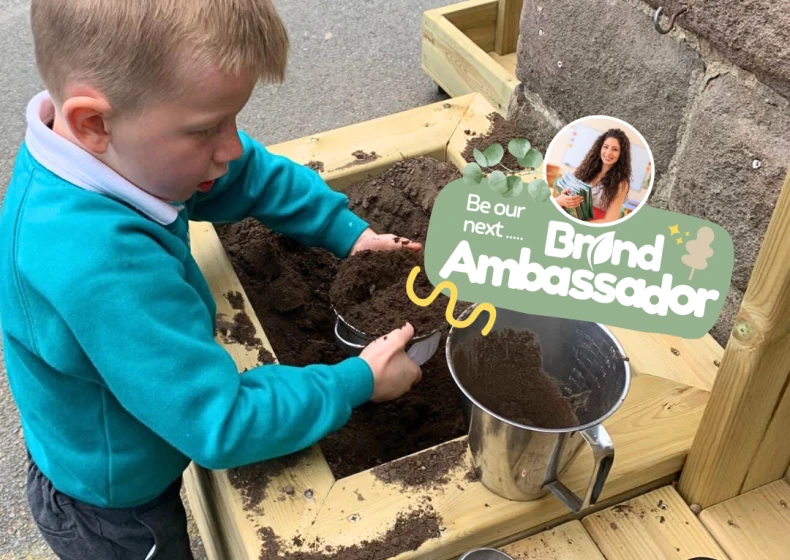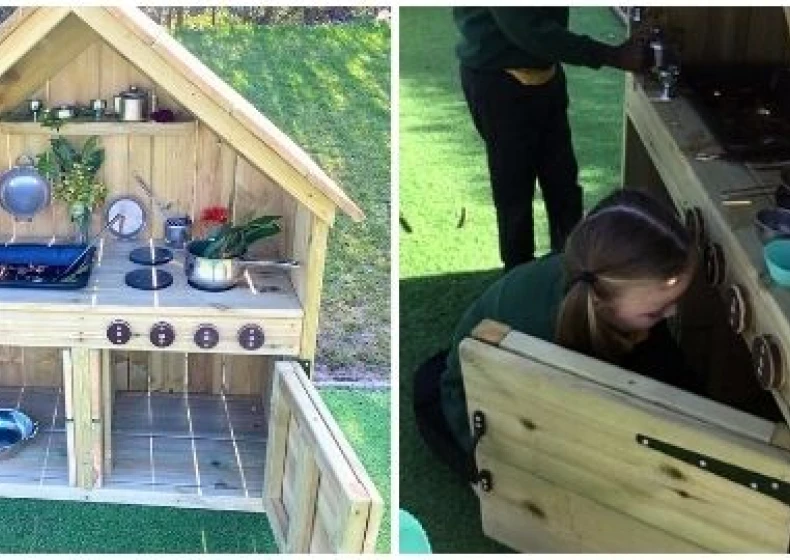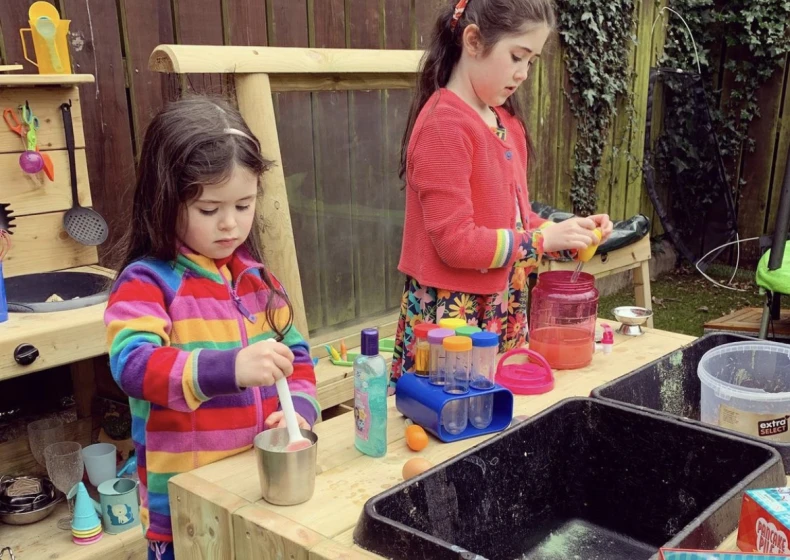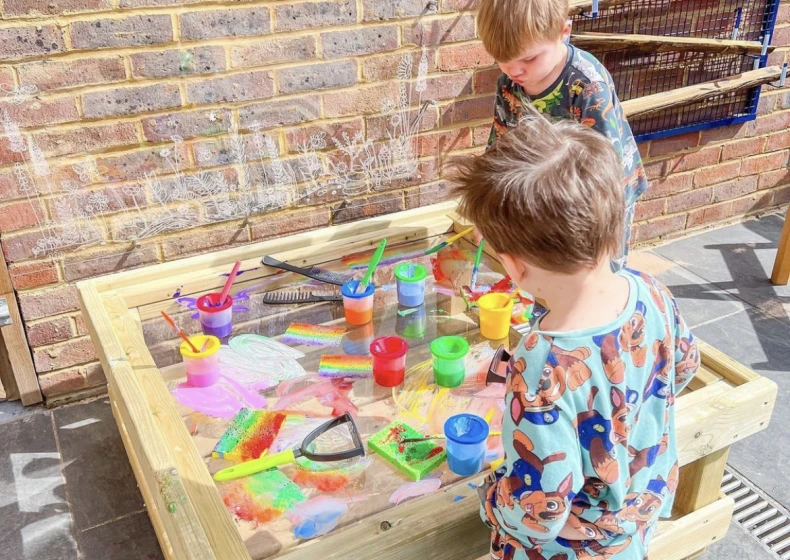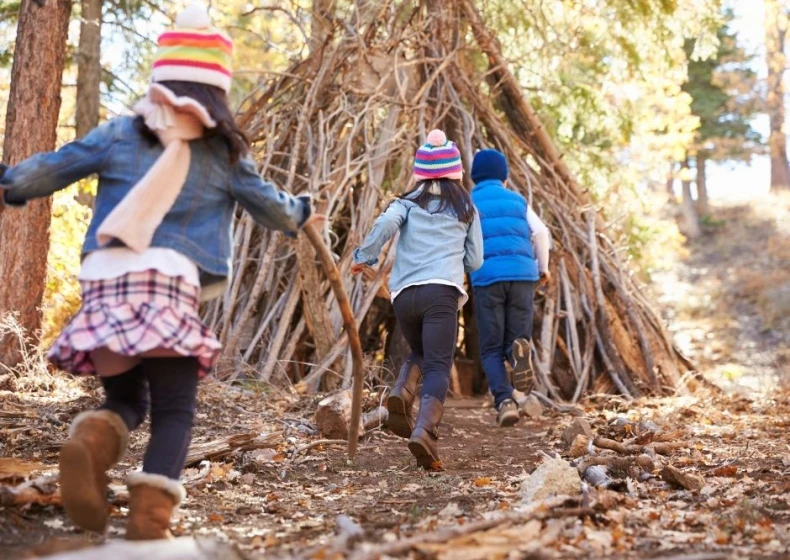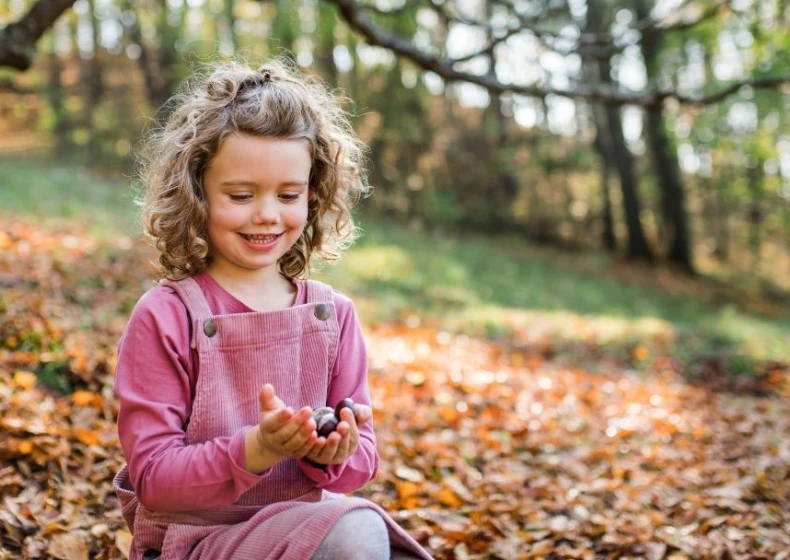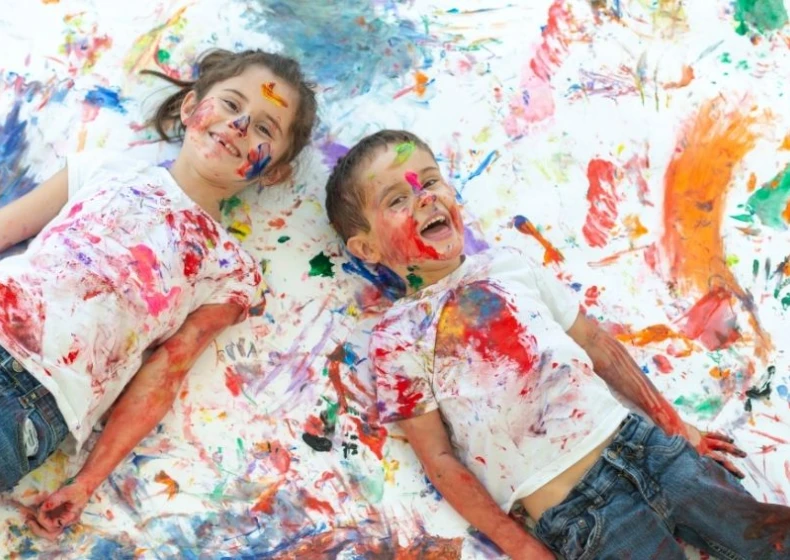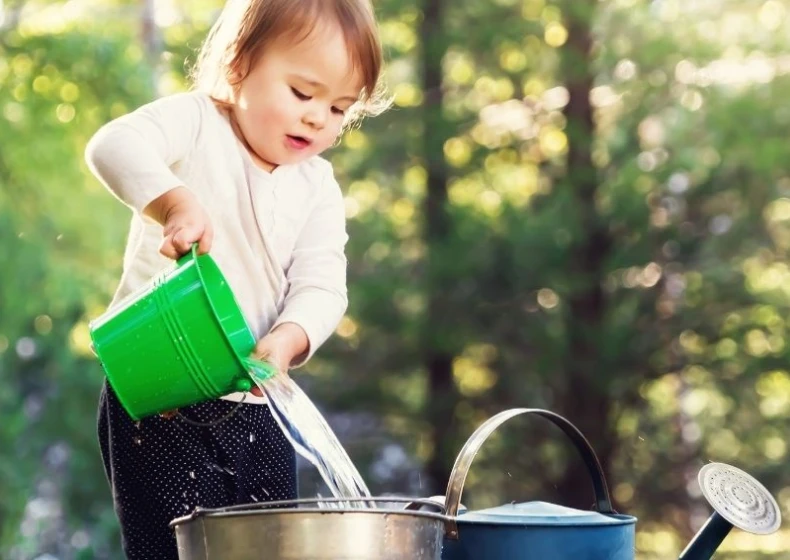What makes water play so special? Let’s start with the obvious – it’s an inexpensive, fun activity which has endless learning potential for children of all ages.
Lots of us are bound to have happy childhood memories involving water play so it’s rewarding to play a part in creating special memories for the next generation.
There is no right or wrong way to play with water, meaning children are free to investigate, explore and experiment without fear of getting it wrong. That’s not to say it can’t be used to provide challenge for all ages. The benefit of water play is that there are so many possibilities for thinking and problem solving. Add in an adult and learning can be facilitated further.
With the weather warming up in the coming months, it’s a perfect time to get outdoors and explore ways to bring water play to life. It doesn’t have to be expensive – there are many ways to enhance water play just by raiding the kitchen cupboards and drawers! Here’s a list of some things which can be added to water to support play and learning:
Basters
Pipettes
Funnels
Bottles
Colanders
Teapots
Tea strainers
Ladles
Sponges
Measuring spoons
Ice cube trays
Soap pump dispensers
Tubs
The way in which we can extend water play can be entirely budget dependent. There’s nothing wrong with washing up bowls of water or trays of bubbles. Alternatively, for those with a bigger budget, including schools and settings, there is some incredible equipment which includes water walls and tunnels. The children at my setting have the Newby Leisure Water Tunnel which is a hugely popular resource – children flock to pump the water or stand under the tunnel to watch it cascade over the sides. We collect the water to reuse it for the tunnel or children fill up their watering cans and give the plants a drink.
Let’s now consider the learning potential that water play can provide.
Communication and language: water play can provide many opportunities for language development. It’s relaxing and calming properties means that children can feel more able to talk and express ideas. Adults can facilitate language development by modelling vocabulary, including giving meaning to actions – pouring, tipping, scooping, splashing and trickling.
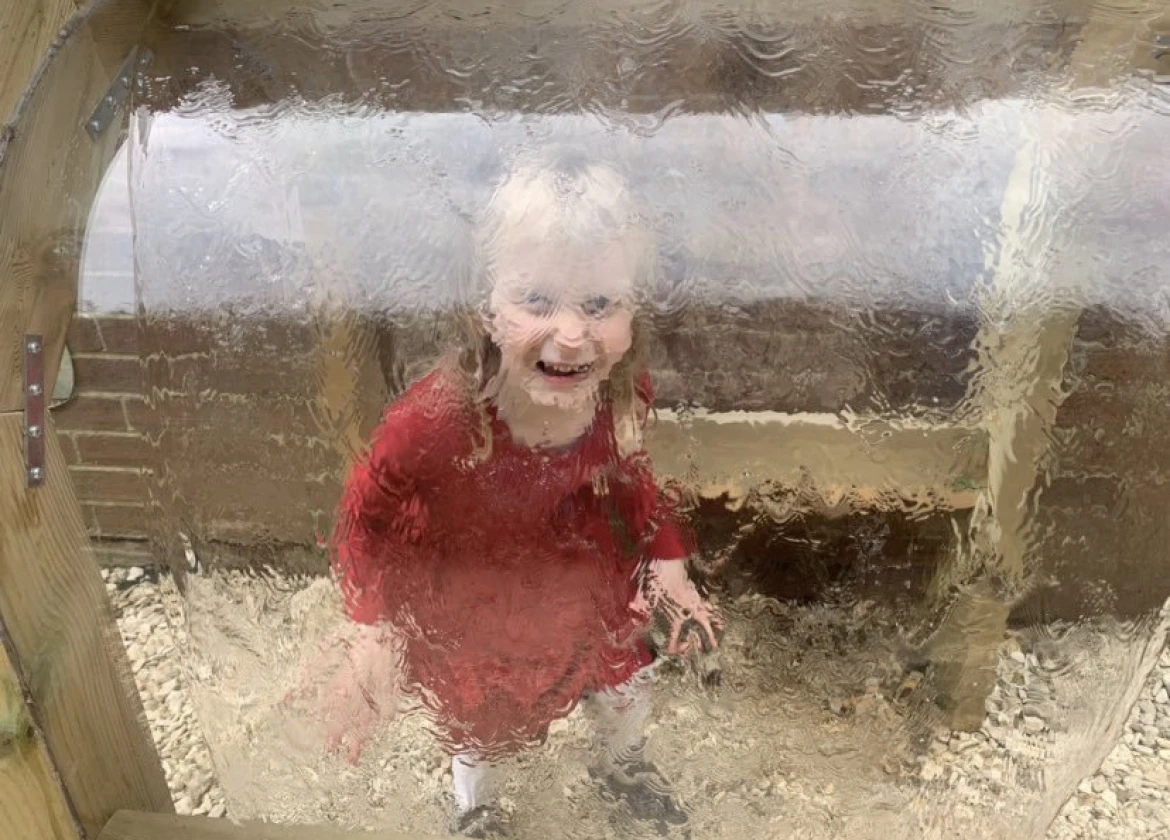
Mathematics: As water changes to take up the shape of whatever encloses it, it’s perfect for investigating volume. Add in different sized containers to explore which holds the most, also developing understanding of words such as more, full and empty. We can also count how many scoops fill a container, have a go at estimating then counting to check and use prepositional language such as behind, next to and on top of.
Physical development: Water is a fantastic resource for developing fine and gross motor skills. As children lift buckets and containers, their shoulder and arm muscles are working hard. Add in enhancements such as tweezers, basters and pipettes to develop finger and hand strength ready for writing.
Understanding the World: As water is used for many different means, children can develop a sense of its importance. It’s not just a resource for play, it’s for sustaining lives – ours and the creatures and plants around us. We can use it to water the garden, cool ourselves down, drink, freeze to make ice lollies, wash ourselves and clean our teeth. Children are particularly fascinated by the process of freezing and melting which can generate thinking and language. Moving water is also popular and can be done with little expense – guttering, pipes and planks of wood can all provide hours of fun as children experiment with directing and collecting water. We also can use water to develop understanding of processes such as evaporation
Literacy: Not all children enjoy using pens and pencils to write but give them water and a brush and their mark making can come to life! Children can make marks with paintbrushes, toothbrushes, bottle brushes or sticks. They could begin to form letters or numbers or draw pictures on the ground or chalkboards. Draw letters in chalk and provide pots of water and brushes for children to write over the top.
Personal, Social and Emotional Development: Where there is water, there will usually be a group of children. Playing together means children develop essential life skills such as learning to share, take turns, be tolerant, negotiate and persevere. They learn
Expressive Arts and Design: The endless potential of water play means that it can freely be used in any way children wish. Imaginative play often results with children washing dolls, making cups of tea or mixing up and serving mud pies.
There are many ways you can support water play. Just leaving items around to see how children use them can be very interesting to observe.
How will you enjoy water play this summer? A car wash? Making and racing boats? Perhaps you might experiment with freezing toys in water then trying to melt the ice to free them! Enjoy!
